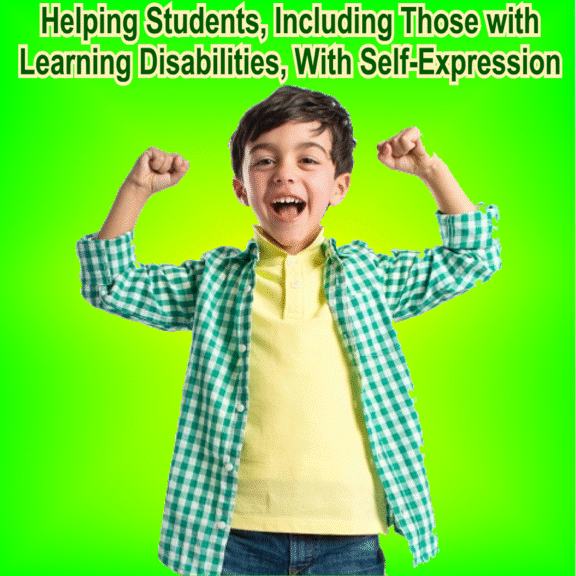Helping Students, Including Those with Learning Disabilities, With Self-Expression
The most important words a student can hear from their teacher or parent are, “I want to hear how you think and feel about this.” Helping students express themselves through writing is critical in every class at every grade level.
Self-expression is so important today that I felt compelled to write about one of my favorite teaching activities as the new school year gets underway. It’s helpful for all students, but especially those with learning disabilities.
Children who experience reading difficulties often have writing problems. Dysgraphia is the fancy word for it. With dysgraphia, students clutch the pen or pencil, have trouble staying in the lines, or printing or writing the letters legibly. It sometimes seems more like a fine or even gross motor difficulty.
With dysgraphia, students also misspell words and have difficulty putting words into sentences. For some students, writing difficulties might be so severe that it’s impractical for them to write on paper. They are more comfortable writing on the computer. They still express themselves well this way.
However, if a student only misspells words, learning how to write cursive and journaling may be helpful for them to learn both writing and reading. In fact, there’s CONTINUE READING: Helping Students, Including Those with Learning Disabilities, With Self-Expression

